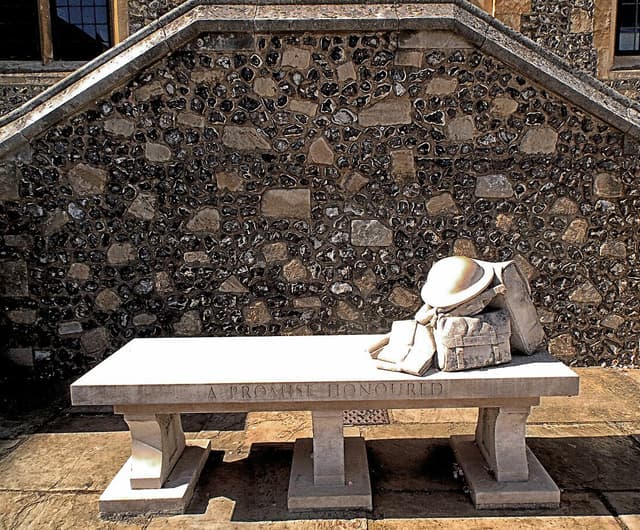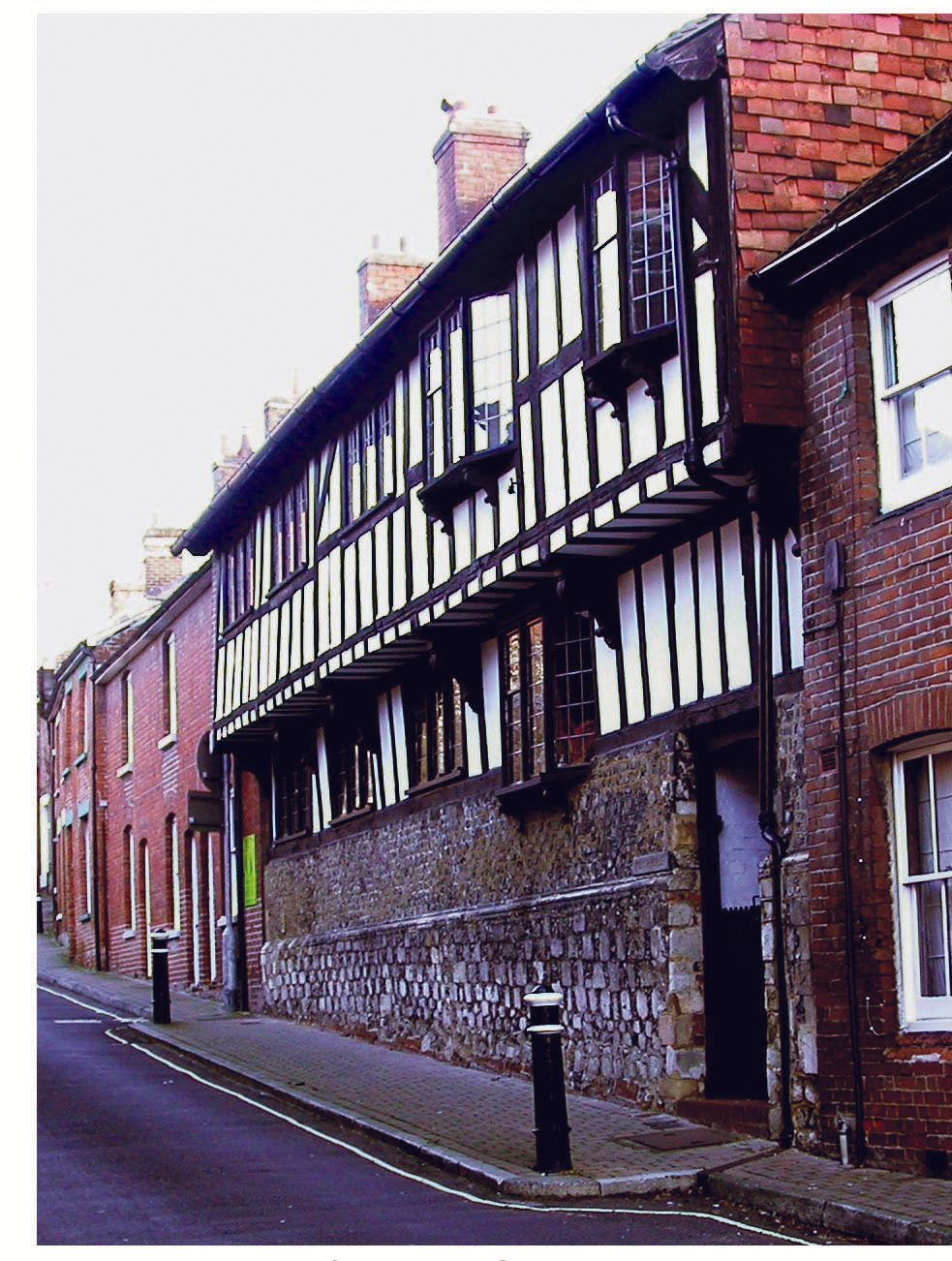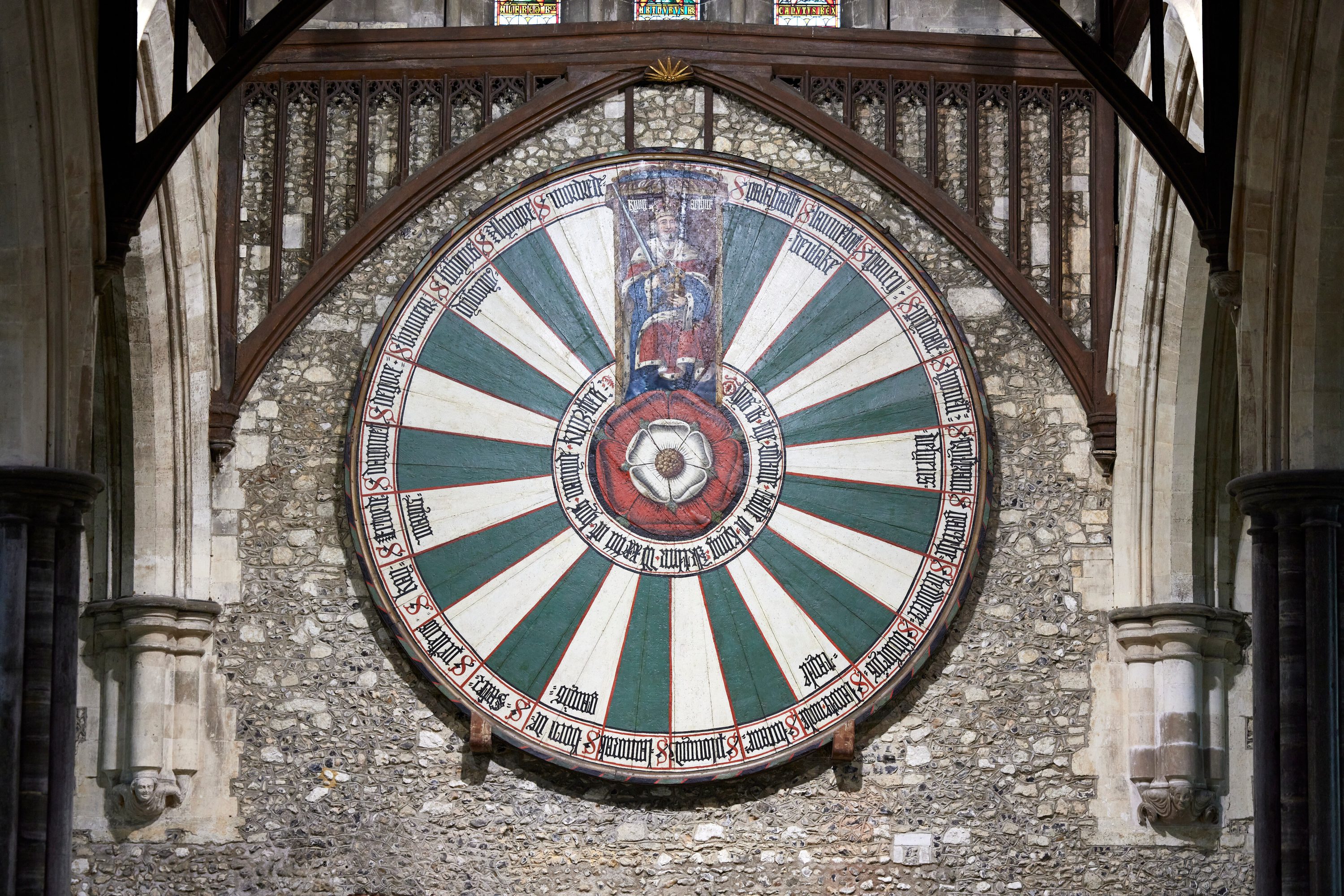Each one possesses unique characteristics and fascinating stories, why not visit some of the ones listed below and see them for yourself?
The Buttercross
At the heart of the city centre stands the famous medieval Buttercross. Believed to have been commissioned by Cardinal Beaufort, Bishop of Winchester from 1404 to 1447, the Buttercross is a holy cross. Following its construction, the monument also served as a market cross, and butter, cheese and eggs were sold from the steps that surround it, hence the name Buttercross.
Each face of the monument has a large figure representing St John, William of Wykeham, Lawrence de Anne and Alfred the Great. There are also eight figures at high level that represent, The Blessed Virgin, and the Saints Bartholomew, John, Lawrence, Maurice, Peter, Swithun, and Thomas.
In 1770 the Buttercross was sold off by the Paving Commissioners to a Mr Dummer. When he tried to remove it, the citizens of Winchester organised a demonstration to prevent it being moved.
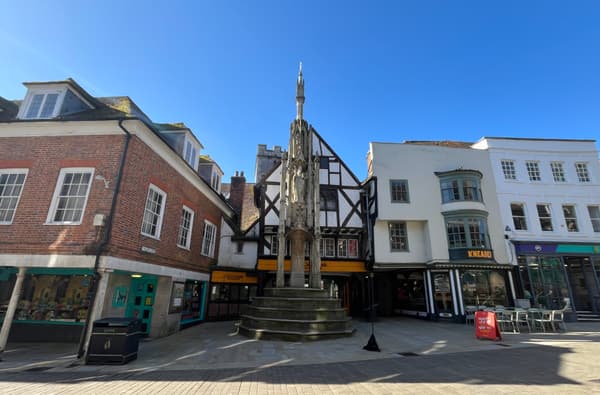
Plague Obelisk
Further along the high street, on the corner opposite the Westgate, you will find another market cross which holds a Georgian monument to commemorate the people of Winchester who died in the plague of 1666. The residents of the time would leave funds for items on the cross, the traders would exchange the money for goods and residents would return later to collect – avoiding face-to-face contact and possible contamination.
As highlighted by Hampshire Archives Trust, Defoe’s A Journal of the Plague Year, recounts the “pestilence” of 1665-6. There are passages in the book which, with a slight change of wording, could have been written hundreds of years later during the Covid-19 pandemic: ‘I took my friend and physician’s advice and locked myself up, and my family, and resolved to suffer the hardship of living a few months without flesh-meat, rather than purchase it at the hazard of our lives.’
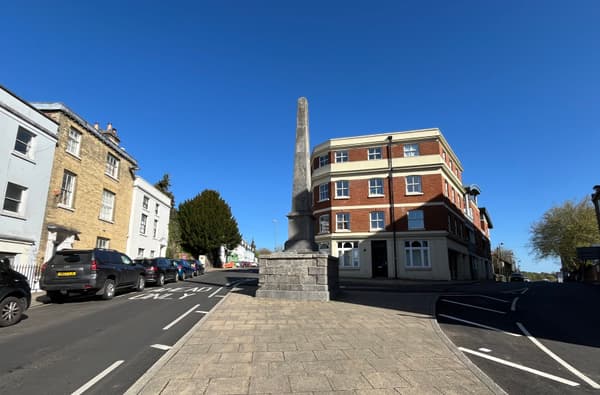
Nunnaminster
Nunnaminster, which was later known as St Mary's Abbey, is located in the heart of Winchester city centre beside Abbey House and Gardens. The Nunnaminster site, which can now be seen below street level, was one of Winchester's three great Late Saxon royal monasteries. Founded by Queen Ealhswith, Alfred the Great's wife, in 903, it became one of the foremost centres of learning and art in England.
Between1981 and 1983, archaeological excavations carried out on the site revealed its extensive history. From the original flint and timber foundation to a much larger masonry building featuring encaustic tiles, some of the earliest casual written English and finest examples of Anglo-Saxon embroidery were produced here. After many additions and re-buildings, the church was eventually destroyed in the Dissolution but foundations and graves can still be seen on the site today.
Thanks to funding from UK Shared Prosperity Fund, new, more accessible interpretation panels were installed at the site in 2024. For a more detailed explanation of the site, visit our information page here.
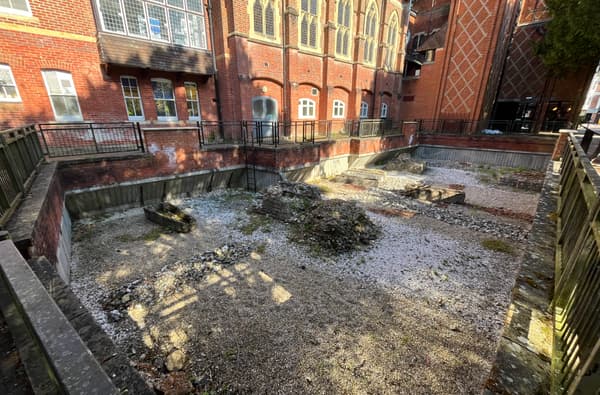
Bishop’s Waltham Palace
In the Middle Ages Bishop’s Waltham Palace was one of the finest residences of the Bishops of Winchester, who were among the richest churchmen in Europe. First built by Henry of Blois in the 12th century, the complex was remodelled and extended in the 14th and 15th centuries, becoming a palace capable of housing the king and his court on a number of occasions - Henry V stayed before the battle of Agincourt and Queen Mary I waited here for King Philip of Spain to arrive for their wedding.
The palace was badly damaged in the Civil War (1642–9) and subsequently abandoned. However, much remains of the buildings and the palace’s lodging range now houses the Bishop's Waltham Museum. In March 2025, a brand new visitor staircase and viewing platform were added to the West Tower, allowing the public to view the Bishop's private residence for the first time. Discover more about the history of the palace here: History of Bishop’s Waltham Palace | English Heritage
Did you know? Our interactive QR walking trail starts at the palace and guides you through the sites of Bishop's Waltham. Scan your smart phone over the Quick Response codes to access historic information and make the town come to life.
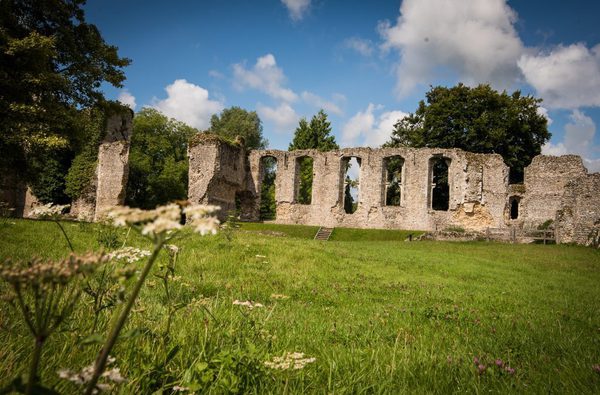
Cheriton Battlefield
The battle of Cheriton was fought on the fields to the east of the village in March 1644. The Battle of Cheriton was a major turning point in the English Civil War and resulted in an important Parliamentarian victory that helped shape the future of England.
Access to the battlefield is via a network of footpaths, lanes and minor roads. A battle monument was erected by public subscription in 1975 and there are information boards at the end of Scrubb’s Lane and on the bridleway leading up to the battlefield. Follow our trail and trace the movements of the soldiers who shaped our nation. Visit Winchester | Cheriton Battlefield Walk
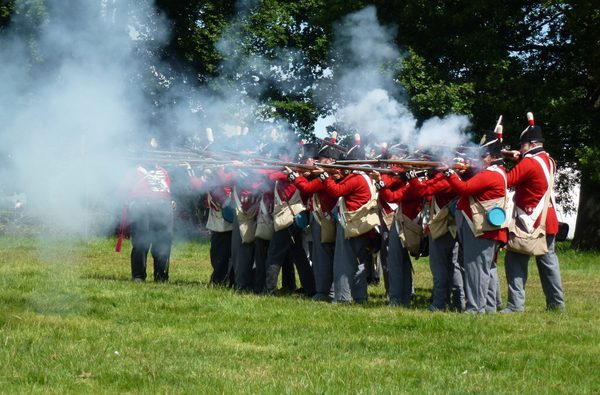
If you are looking to explore more historic sites and monuments throughout Winchester district, why not explore one of our trails or visit one of our museums or historic attractions.
